Crows, with their sleek black feathers and piercing eyes, often evoke a sense of mystery and intrigue. But what truly sets them apart is their exceptional intelligence, which often rivals that of primates. Frequently underrated, these birds demonstrate cognitive abilities that challenge our understanding of animal intelligence. This article explores the fascinating world of crows and uncovers just how smart they truly are.
The Intelligence of Crows An Overview

Crows belong to the corvid family, which includes ravens, magpies, and jays. This family of birds has long been celebrated for its high degree of intelligence. Studies show that their cognitive abilities mirror those of great apes, both in problem-solving skills and social dynamics. Crows are not only capable of complex emotional responses but also exhibit remarkable learning and adaptability in their environment.
Tool Use Demonstrating Advanced Problem-Solving
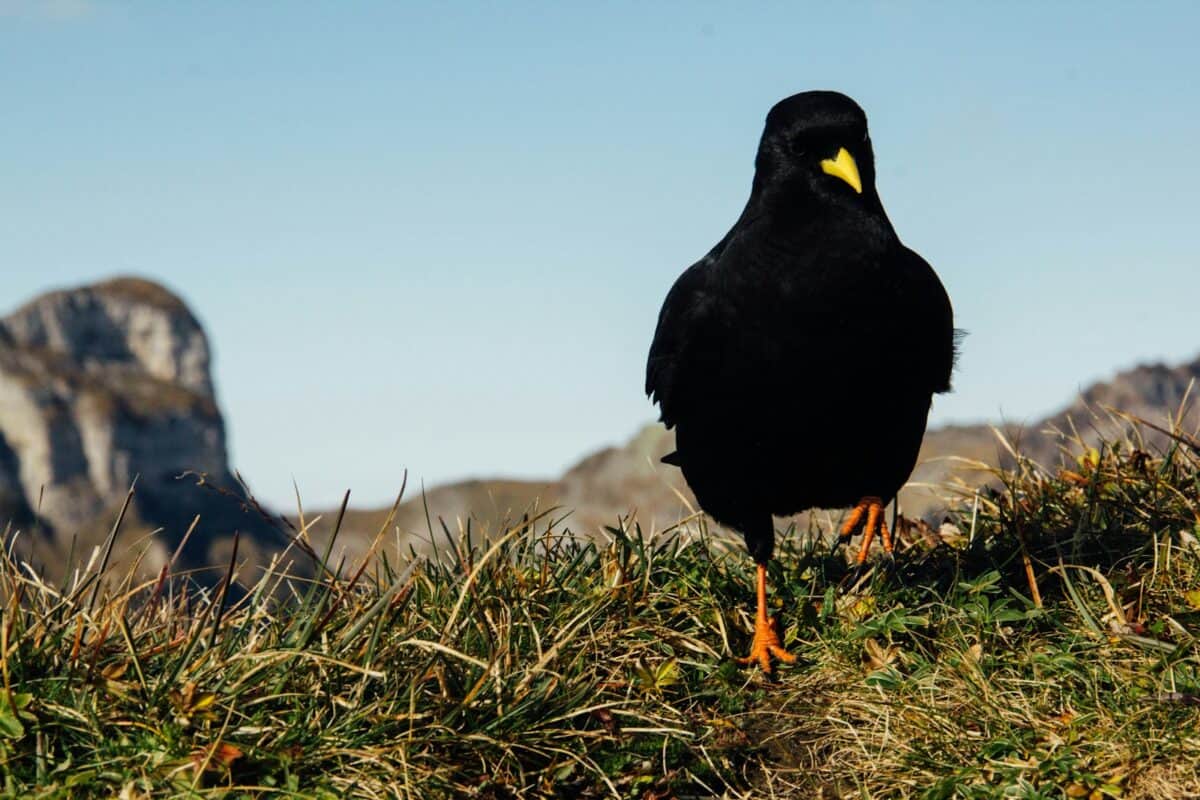
One of the most striking demonstrations of crow intelligence is their ability to use tools. In various experiments, crows have been observed using sticks to extract insects from tree bark or modify leaves to create hooks. This behavior suggests a level of foresight and understanding that was once thought to be exclusive to humans and a few other animal species.
Crows and Their Complex Social Structures

Crows live in complex social structures, often described as akin to human cities. They engage in intricate social interactions, which involve cooperation, competition, and even social learning. These birds form strong family bonds and often live in large communities, where they work together to find food and fend off predators.
Understanding the Concept of Causality
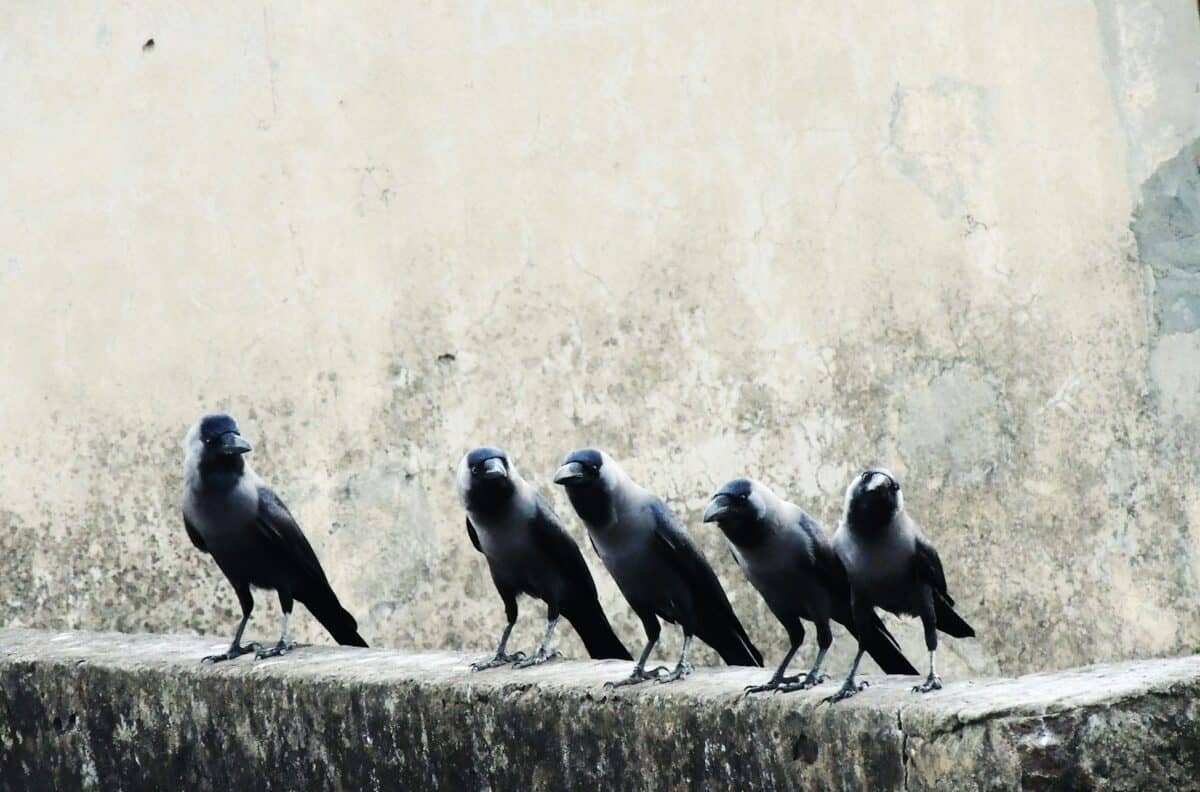
Beyond simple problem-solving, crows have demonstrated an understanding of causality. In empirical studies, crows showed the ability to discern cause-and-effect relationships, leading them to make decisions that result in desirable outcomes. This capability is seldom seen in non-human animals and speaks to their sophisticated cognitive processing.
The Role of Memory in Crow Intelligence
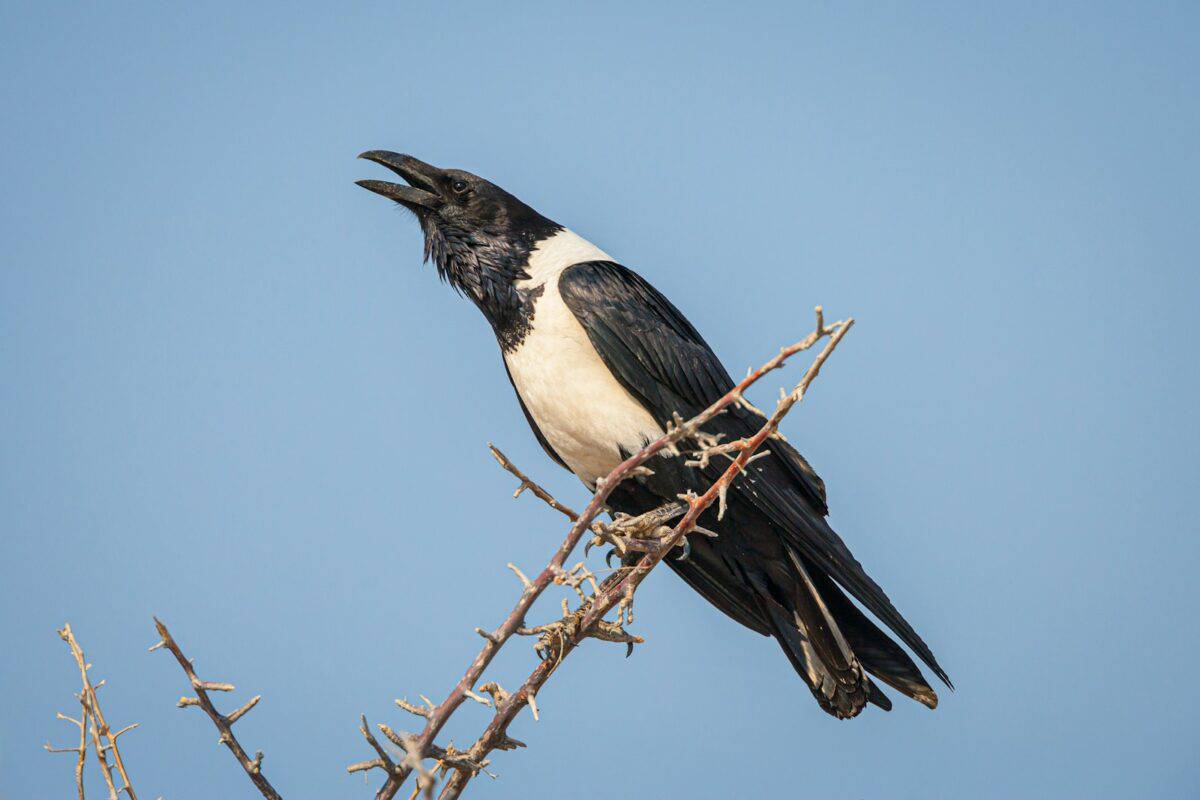
Crows have exceptional memories, particularly when it comes to recognizing human faces. Research has shown that they can remember individuals who have posed threats and will avoid them, or even communicate these threats to other crows. Such behavioral adaptations highlight their capacity for observation and long-term memory retention.
Crow Communication A Complex Language

Crows communicate using an array of vocalizations, each serving different purposes, from signaling danger to coordinating group activities. These calls are often specific to a region or group, hinting at a complex communication system. Furthermore, their ability to mimic human speech and other sounds further underscores their communication skills.
The Cultural Transmission Among Crows
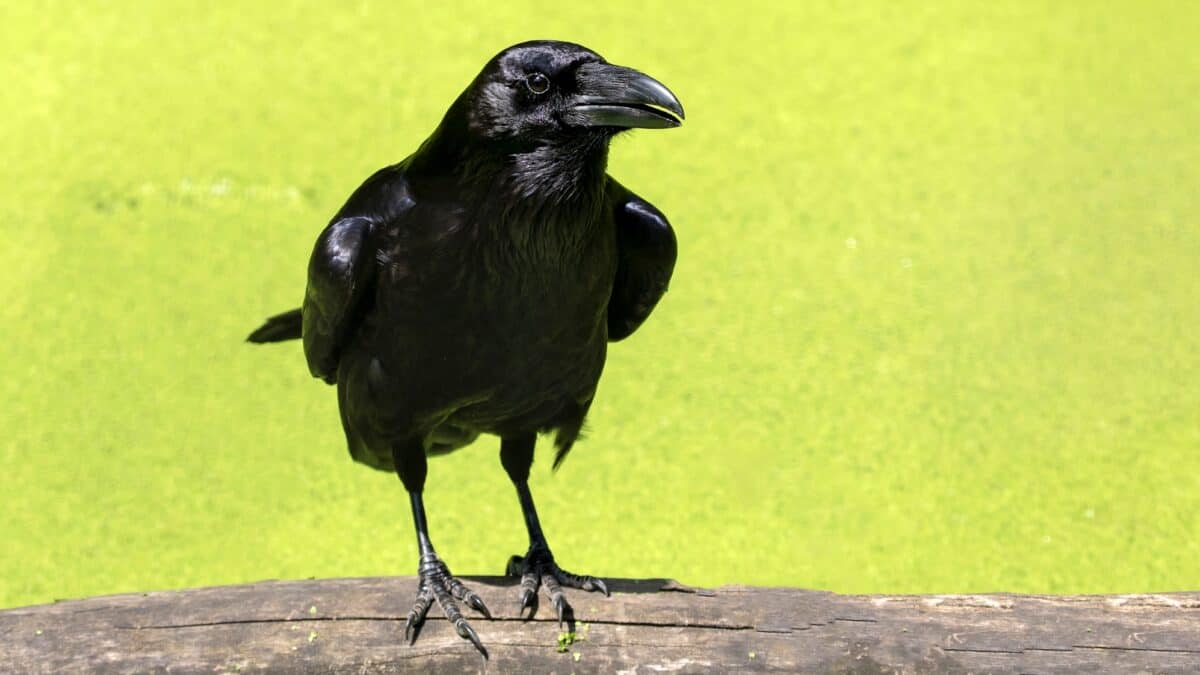
Not only do crows learn individually, but they also pass knowledge across generations. This cultural transmission means skills and survival tactics are shared, ensuring the collective improvement of their community. Observing such cultural behaviors challenges our preconceived notions of animal learning and adaptation.
Camouflaging and Strategic Deception

Crows have been observed engaging in deceptive behaviors to protect their resources. They cleverly hide food in multiple locations, sometimes pretending to stash it in a decoy spot to mislead potential thieves. Such strategic deception indicates a high level of strategic thinking typically attributed to more advanced animals.
The Brain of a Crow A Study in Neurology

Neurological studies reveal that crows have a unique brain structure with a large forebrain, which is associated with complex thinking. Despite their small size, their brains have a high neuronal density. This anatomical feature supports their remarkable problem-solving abilities and advanced cognition.
Learning Through Exploration and Experimentation

Crows are natural explorers, often engaging in playful behaviors that may seem frivolous but serve an educational purpose. Through experimentation, they learn about their environment and test the utility of various objects. This continual learning and curiosity are critical components of their intelligence.
Interacting with Humans A Symbiotic Relationship
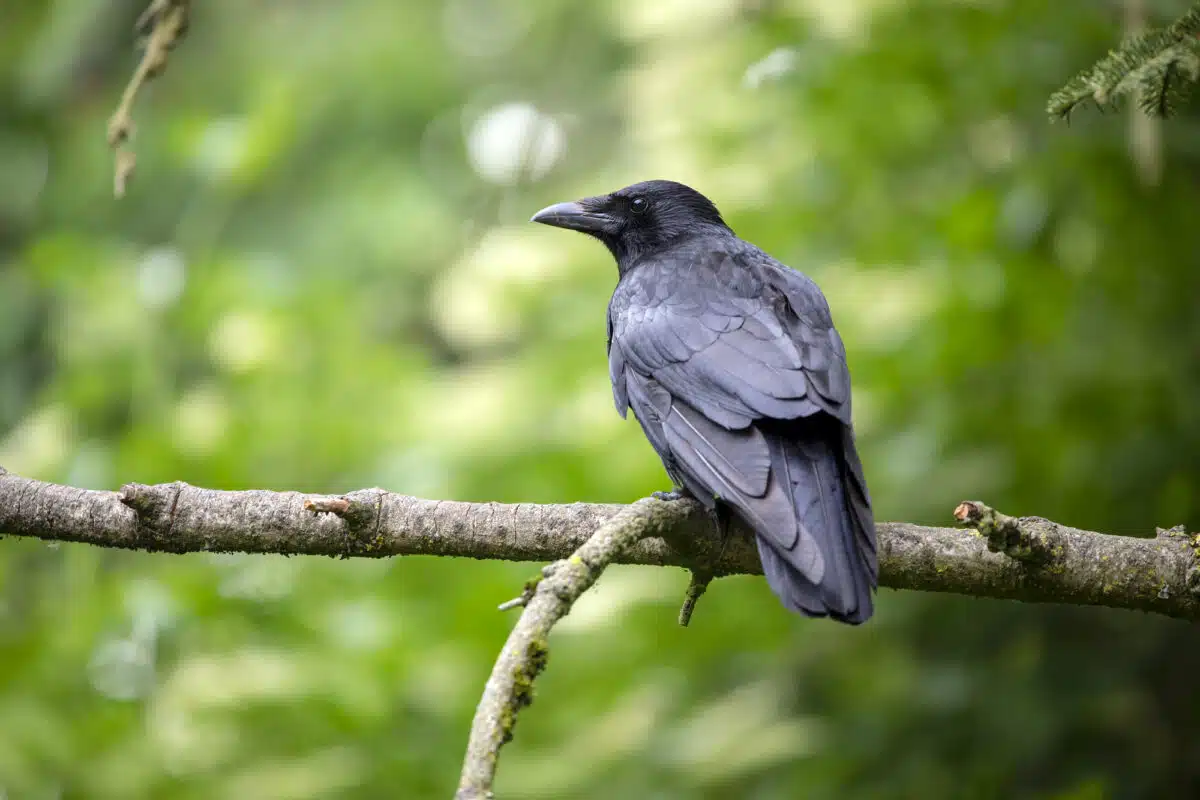
Crows have an intricate relationship with humans, often benefiting from urban environments while also adapting to avoid human threats. They learn to navigate these interactions, understanding when to approach humans for food and when to steer clear. Such adaptability is a testament to their keen social awareness and intelligence.
The Importance of Conservation and Understanding
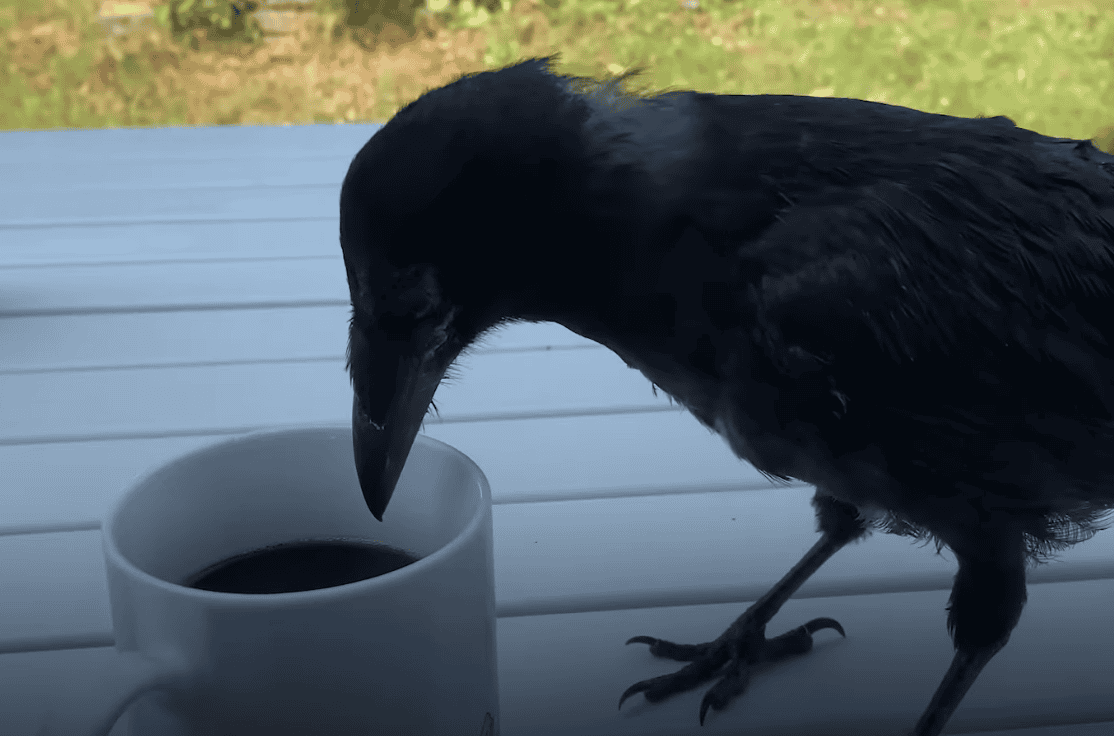
Given their intelligence, it is crucial to understand and protect crow populations. Crows play important roles in ecosystems, such as seed dispersal and pest control, and their impressive cognitive abilities make them invaluable subjects for scientific research. By appreciating their complexity, we can foster coexistence that benefits both humans and birds.
Conclusion: Recognizing the Cognitive Depth of Crows

Crows are more than just common black birds; they are intelligent, social, and capable creatures that challenge our understanding of non-human cognition. Whether it’s through tool use, social organization, or strategic behavior, crows continually surprise and impress us with their mental agility. Our growing appreciation for these remarkable animals not only sparks curiosity but also invites us to reevaluate the intelligence of other species around us.
- 11 Signs a Rhino Is About to Charge - August 9, 2025
- 10 Common Chicken Behaviors and What They Mean - August 9, 2025
- 14 Creatures That Can Freeze and Thaw Back to Life - August 9, 2025

